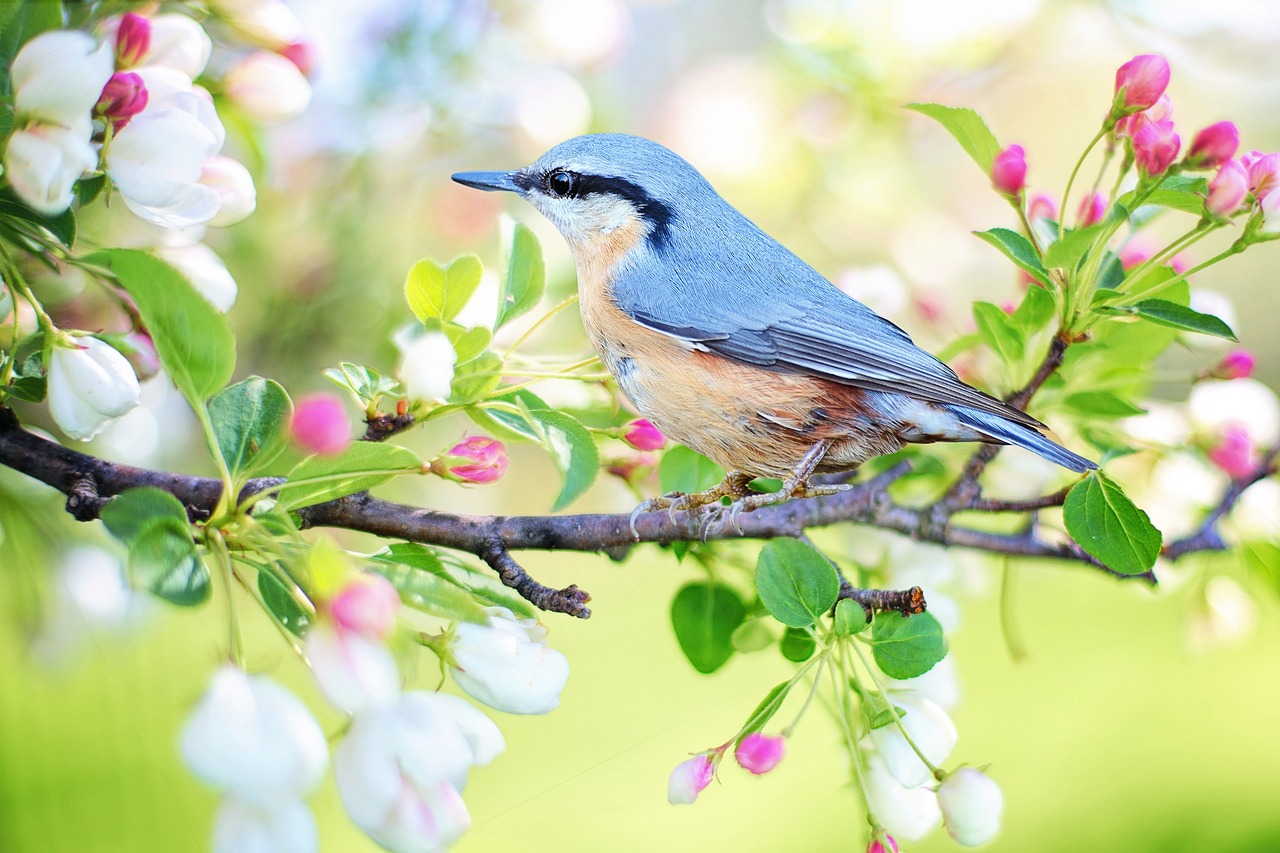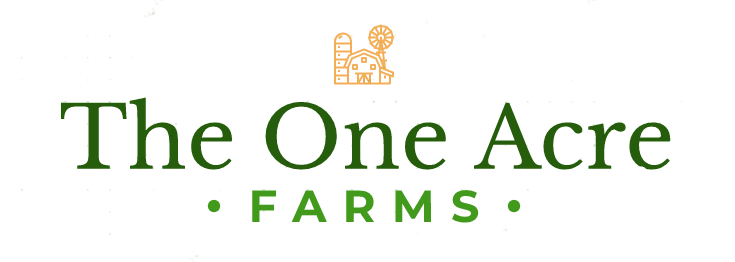Attracting Birds to Your Farm: A Guide to Creating a Bird-Friendly Environment
Antony Thilak W |
24 May, 2023 |

The gentle melodies of birdsong can bring a sense of tranquility to any garden. Not only are birds a delight to the ears, but they also offer valuable benefits to your food garden by aiding in pollination and keeping insect populations in check. By creating an environment that is welcoming to birds, you can attract a diverse array of species to your garden and enjoy the advantages they bring. Here are some tips on how to invite birds to your food garden:
1. Provide Shelter
Birds need a secure place to rest and build their nests, so offering them suitable shelter is crucial. One effective method is to install birdhouses or nesting boxes throughout your garden. Ensure these structures are situated in protected areas, away from potential predators and facing away from prevailing winds. The size of the entrance hole will determine which bird species will utilize the box; smaller holes attract bluebirds, while larger ones cater to woodpeckers.
For a more natural habitat, consider planting trees, shrubs, and vegetation that provide ample hiding places and nesting opportunities. Plants with dense foliage, like holly, juniper, and yew, create ideal shelters for birds. Thorny plants such as blackberry and hawthorn can also serve as protective barriers against predators.
2. Provide Water
Birds require a source of clean water for drinking and bathing. You can fulfill this need by setting up a bird bath or shallow dish of water. Regularly changing the water is essential to prevent the spread of diseases. Installing a small fountain or dripper will further entice birds, as the sound of running water holds particular appeal to them.
If you have a larger garden, consider incorporating a pond or water feature to attract a wider variety of birds. A pond not only supplies water for birds but also creates a habitat for fish, frogs, and other aquatic animals that serve as additional food sources for birds.
3. Provide Food
To maintain their health, birds require a diverse diet. By offering a variety of food sources, you can attract a wide range of bird species to your garden. Planting a diverse selection of species that produce seeds, berries, and nectar will ensure an abundant food supply. Sunflowers, coneflowers, black-eyed susans, and bee balm are excellent choices for attracting birds.
Installing bird feeders stocked with different types of bird seed can also entice specific bird species. Black oil sunflower seeds are favored by many birds, including finches and cardinals, while goldfinches have a particular fondness for nyjer seeds. Suet feeders, which provide a high-energy food source, are especially important during the winter months.
4. Provide Perches
Birds require perches for resting and surveying their surroundings. By incorporating trees, and shrubs, or installing bird perches or stakes, you can offer birds plenty of convenient resting spots. These perches can be fashioned from materials such as bamboo, wood, or metal and strategically placed throughout your garden.
When selecting perches, consider the size and type of birds you wish to attract. Thin twigs or stakes may suit smaller birds like finches, while larger avian species like hawks and eagles will require sturdy branches or poles for perching.
5. Provide Nesting Materials
In addition to nesting boxes, you can further assist birds by offering nesting materials such as twigs, grasses, and feathers. Designate an area in your garden for these materials or hang them in mesh bags. This provision will attract birds seeking materials to construct their nests.
By implementing these practices, you can create a bird-friendly environment that encourages a diverse range of bird species to visit and inhabit your food garden. The delightful presence of birds will not only enhance your gardening experience but also contribute to a
thriving ecosystem in your backyard. So, grab your binoculars, sit back, and enjoy the symphony of nature in your own avian sanctuary.
Bonus Section: Birds to Attract to Your Farm
Creating a bird-friendly environment on your farm can attract a fascinating array of bird species. Here are some notable birds you can invite to your farm:
1. Indian Peafowl (Pavo cristatus):
Known for its stunning plumage, the Indian peafowl is a symbol of beauty and grace. These large birds are commonly found in agricultural landscapes and can add a touch of splendor to your farm.
2. Red-vented Bulbul (Pycnonotus cafer):
With its distinctive red vent and melodic song, the red-vented bulbul is a frequent visitor to gardens and farms. These agile birds are known to feed on fruits, flowers, and insects, making them valuable for pest control.
3. Indian Roller (Coracias benghalensis):
The Indian roller is a striking bird with vibrant blue feathers and a characteristic rolling flight display. It is often found perched on trees and utility wires, scanning the surroundings for insects.
4. Common Kingfisher (Alcedo atthis):
The common kingfisher is a small, vibrant bird that inhabits water bodies such as ponds, streams, and irrigation channels. By creating water features on your farm, you can attract these dazzling birds known for their remarkable fishing skills.
5. Black Drongo (Dicrurus macrocercus):
The black drongo is a sleek, black bird known for its acrobatic aerial displays. These birds are skilled insect hunters and can help control pests on your farm.
6. White-throated Kingfisher (Halcyon smyrnensis):
Another beautiful kingfisher species found in the region, the white-throated kingfisher boasts a striking blue and orange plumage. It frequents water bodies and preys on fish and aquatic insects.
7. Indian Pond Heron (Ardeola grayii):
The Indian pond heron is a small heron species often seen in wetland areas, including agricultural fields with standing water. These birds feed on insects, frogs, and small fish.
8. Rose-ringed Parakeet (Psittacula krameri):
Known for its vibrant green plumage and red beak, the rose-ringed parakeet is a common sight in farms and gardens. These sociable birds can add a splash of color and liveliness to your farm.
9. Black-winged Kite (Elanus caeruleus):
The black-winged kite is a graceful raptor that hovers over fields in search of rodents and small reptiles. By creating suitable habitats, you can attract these birds of prey, which assist in natural pest control.
10. Purple Sunbird (Cinnyris asiaticus):
With its iridescent purple plumage, the purple sunbird is a delightful visitor to gardens and farms. These small nectar-feeding birds are important pollinators and can help in the reproduction of flowering crops.
Conclusion:
In conclusion, if you are searching for farm plots near Bangalore, considering the purchase of farmland for sale presents a valuable opportunity to establish well managed farmland near Bangalore. By incorporating bird-friendly practices such as providing suitable shelter, water sources, diverse food options, convenient perches, and nesting materials, you can create an inviting environment that attracts a wide variety of bird species to your farm. This not only enhances your farming experience but also contributes to the flourishing of a diverse ecosystem on your property. From the captivating Indian peafowl to the agile red-vented bulbul and the impressive Indian roller, there are numerous fascinating bird species that you can invite to your farm. It is important to remember to preserve and protect the natural habitats of these birds, ensuring a harmonious coexistence between agricultural activities and wildlife. So, embrace the splendor of nature and delight in the melodic symphony of birds on your very own farmland near Bangalore.
